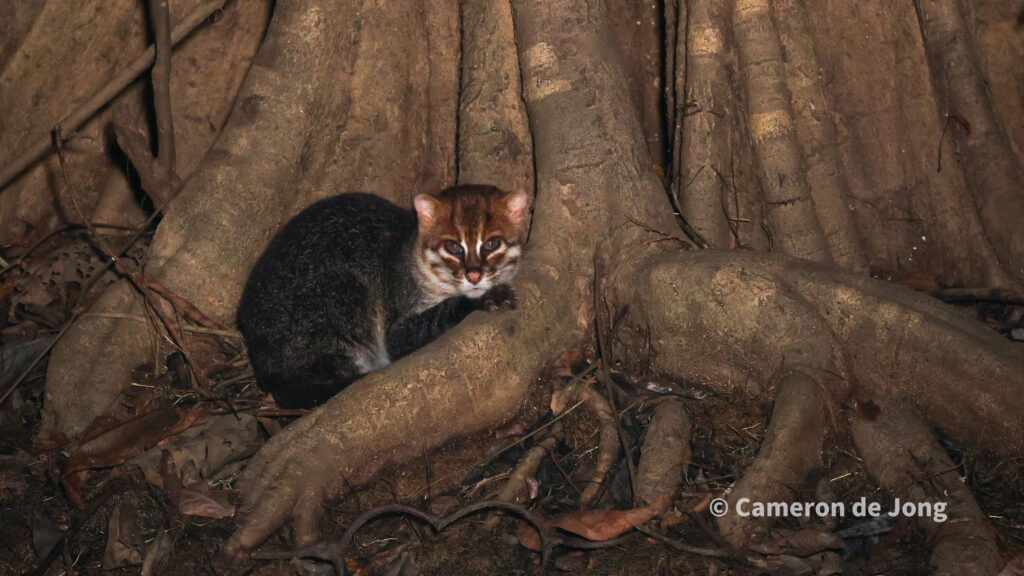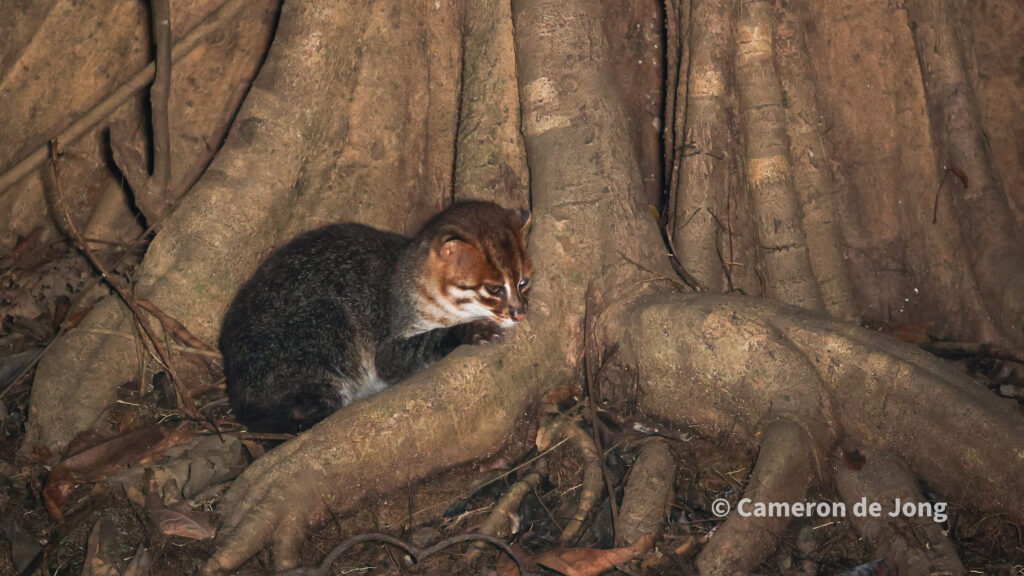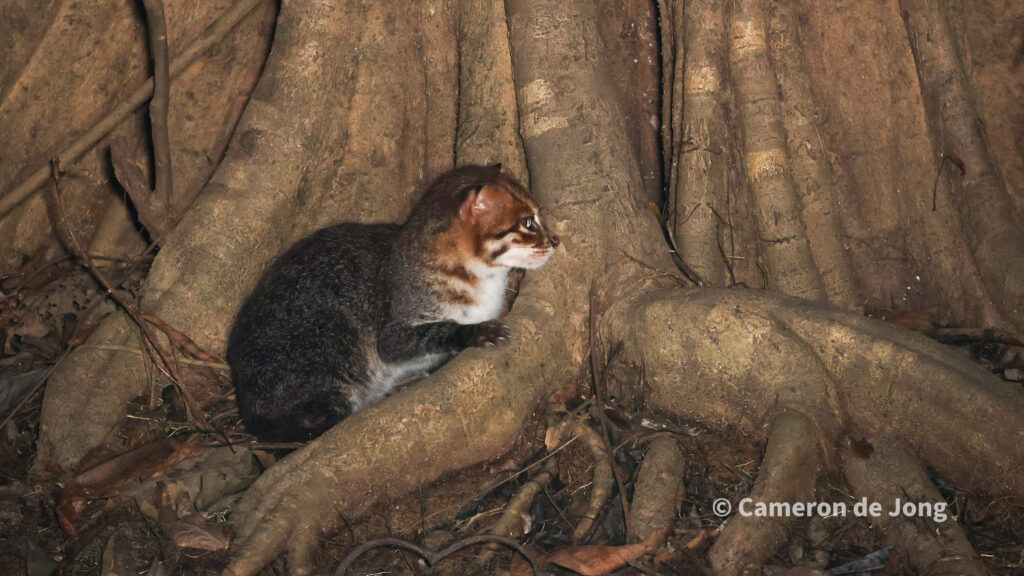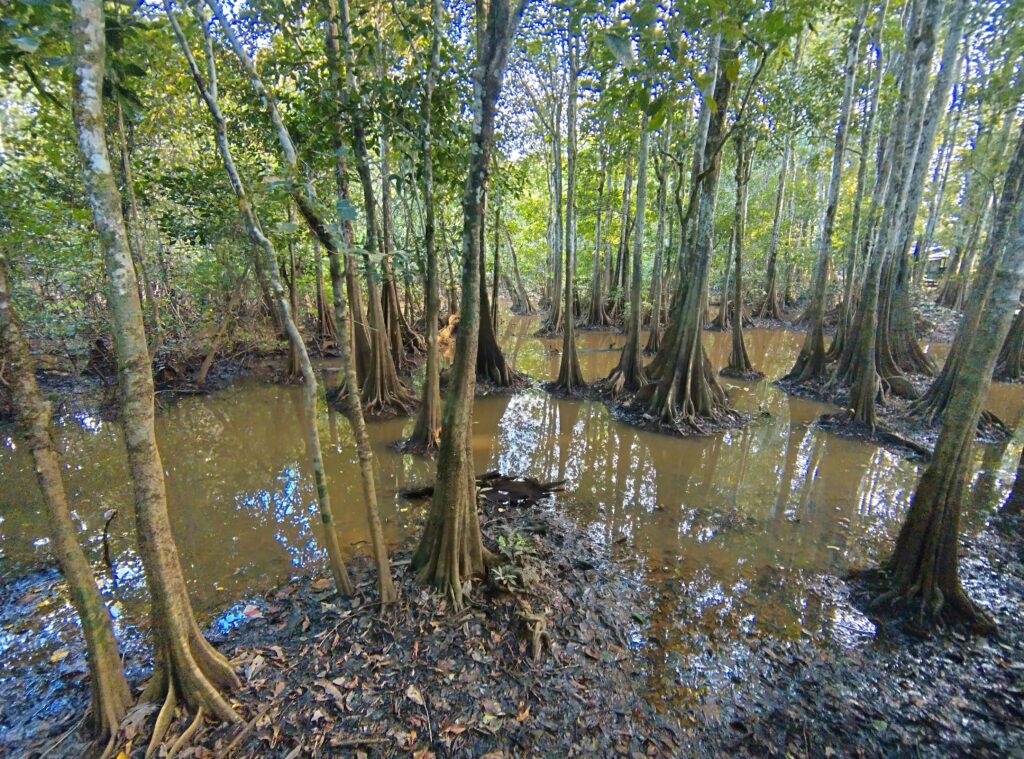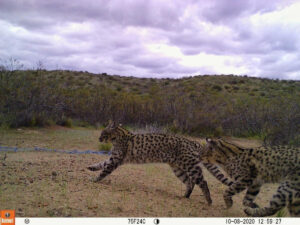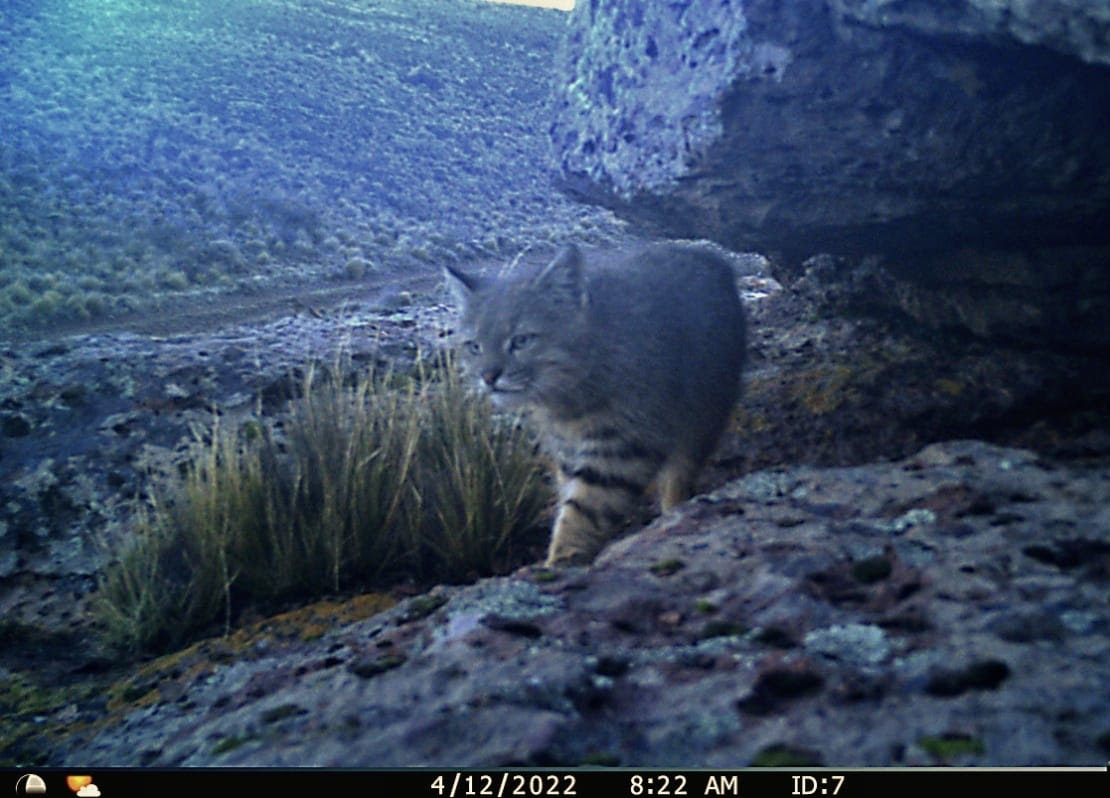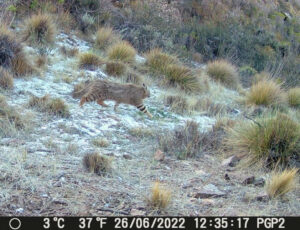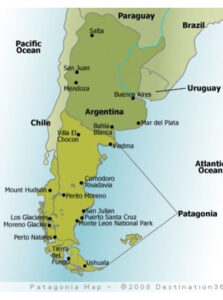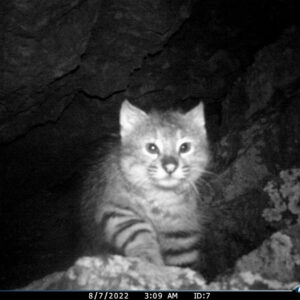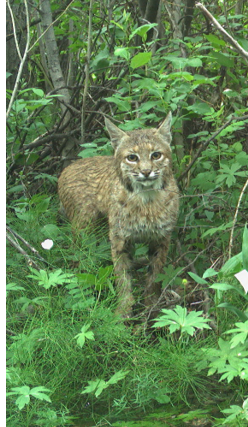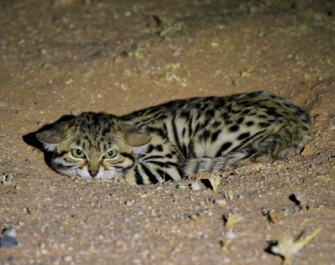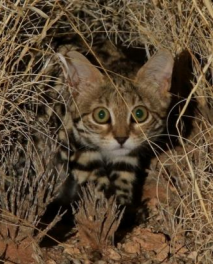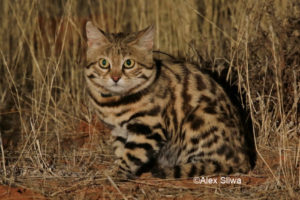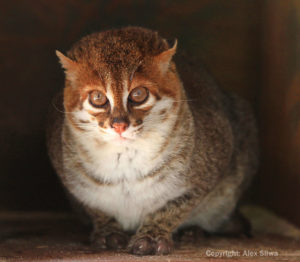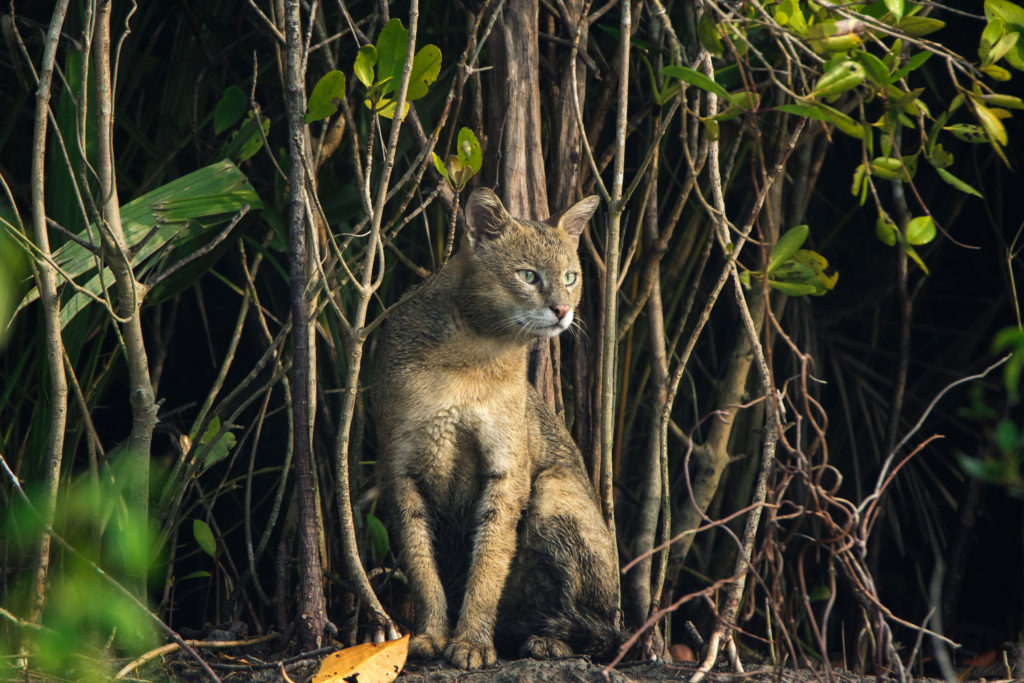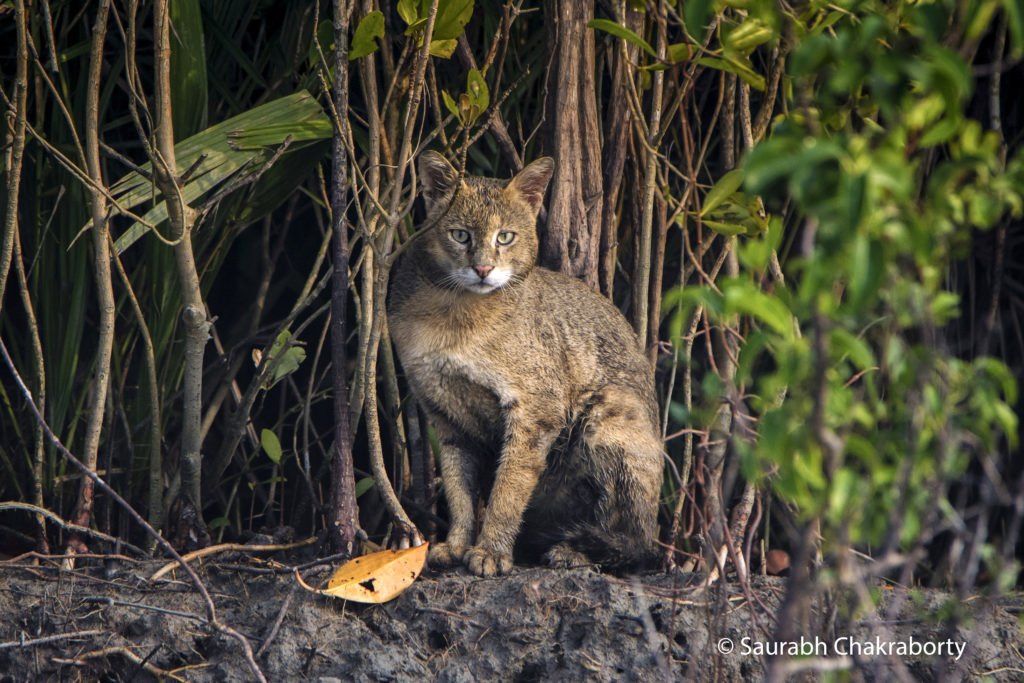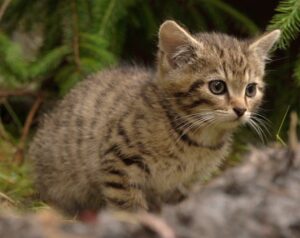 Written by Wildcat Haven
Written by Wildcat Haven
We wanted to update you on the current status of Scottish wildcat conservation work in Scotland. We warn you in advance that some of what follows will be uncomfortable and some of the links upsetting to read. Wildcat Haven as a project has existed for over ten years and as you can see, our impact and scope of work continues to grow. 5 years ago the government launched a scheme called Scottish Wildcat Action which was back by over £2 million of taxpayer and lottery money. At first, we were optimistic and indeed members of our team were asked to be involved. However it quickly became clear that the plan was badly flawed and simply would not work. Our team members withdrew based on concerns over deliverability and animal welfare. A number of other key organisations also left, leaving the government action plan’s major partners being the Forestry Commission Scotland (currently logging the Clashindarroch) and Edinburgh zoo/ RZSS.
The decision by our team members to leave was the right one and the government’s action plan was soon exposed in the international and national media for chronic animal welfare issues and plans to capture the last wildcats from the wild for zoos. The contents of the following link are both hard to read and believe. They had developed protocols for blowing the heads off feral cats with shotguns whilst they were in a cage trap. You will be able to see the documents for yourselves.
https://theecologist.org/…/scotlands-secret-cat-slaughter-r…
As Scottish Wildcat Action’s major partner was Edinburgh zoo, of course there has always been an overwhelming agenda to capture the last wildcat for zoos. We have always doubted the effectiveness of any captive breeding and release programme for wildcats as the scientific literature shows that it simply doesn’t work. An IUCN publication reported up to 80% mortality of released wildcats in the first year. That is not a successful strategy. We also had concerns about the purity and management of cats in the current captive breeding programme. We obtained studbook data that showed that over a 4 year period, 21 kittens were born at Edinburgh zoo and its’ sister zoo, the Highland wildlife park. Of those 21 kittens, 14 were neutered, 5 were dead and 2 were unknown. In short the zoos were knowingly breeding hybrids. Cute kittens sell zoo tickets. What is worse is that the before being neutered, the kittens were publicised widely in the media as the ‘saviour of the species’ by the zoos. However after the summer season they were neutered and some even sent out of Scotland ending up in backyard private animal collections. In our honest opinion this is simply animal exploitation. This was all exposed in the Sunday Times, a major UK newspaper (see link below). There were no retractions.
https://www.thetimes.co.uk/…/rare-wildcats-neutered-by-keep…
Scottish Wildcat Action have also apparently been working in the Clashindarroch for the last 5 years. However not once have they ever raised concerns about logging by the Forestry Commission Scotland. However this is not surprising given that their other major partner is indeed the Forestry Commission Scotland. In fact when we started to voice concerns and launch this petition, Scottish Wildcat Action published documents and social media reports claiming that logging was in fact good for wildcats. You simply couldn’t make it up, but it is all true. We investigated further and obtained emails from the government showing evidence that in their words, the government’s wildcat action plan was being used as a deflection for the Forestry commission logging operations. This is an appalling betrayal of the wildcat. One government organisation covering up for the other and all at the expense of the wildcat.
However, now thankfully the Scottish Wildcat Action plan has ended. They recently reported that their staff are ‘Moving onto other projects and other staff and partners are working on reports’. That is political ‘greenwash’ for saying that the Government wildcat action plan is dead.
To summarise, £ 2 million of taxpayers/lottery funding has been spent on a plan that has yielded little to no tangible conservation benefits that we can see to the wildcat. Indeed it has been exposed for chronic animal welfare issues and was ultimately used by the government to deflect attention/facilitate what we believe to be illegal logging by a government agency. The wildcat has been betrayed on every level by the government action plan, that the public were led to believe was there to save it. All those involved should be thoroughly ashamed. The scary thing is, is that if we hadn’t had been able to expose this, the public would still be under that illusion. They are not anymore.
So where does that leave Scottish wildcat Conservation. In short Wildcat Haven is now the only organisation working to save the wildcat in the wild. We are the only organisation who has been brave enough to challenge the government over the logging of the wildcat’s last stronghold. Our integrity is more important than getting a government grant. The great thing now is that there is no government wildcat action plan for the Forestry commission Scotland, to hide behind and they are now under investigation by the Bern Convention and hopefully soon the Police. Those who have betrayed the wildcat and profited from pushing it further towards extinction, should be and will be held to account.
We are more determined than ever to bring the amazing, beautiful, magnificent, proud, tenacious and resilient wildcat back from the brink of extinction and to expand it’s range and population. We know that we can do this but only with your help. For the very obvious reasons explained above we get no government funding so rely entirely on donations. If you can find it in your heart to help us then please do:
To donate £3, text WILDCAT to 70331
To donate £5, text WILDCAT to 70970
To donate £10, text WILDCAT to 70191
To donate £20, text CAT20 to 70191
The donation will come directly out of your phone bill so there is no need to enter any bank details.
INTERNATIONAL SUPPORTERS- VERY IMPORTANT. For our many international supporters, the UK text system won’t work but you can donate through the weblink for our campaign at:
http://easydonate.org/WILDCAT
Fundraising, payments and donations will be processed and administered by the National Funding Scheme (Charity No: 1149800), operating as DONATE. Texts will be charged at your standard network rate.
We hope you are all keeping safe. More updates will follow so keep watching. To find out more visit
www.wildcathaven.com
Wildcat Haven Facebook
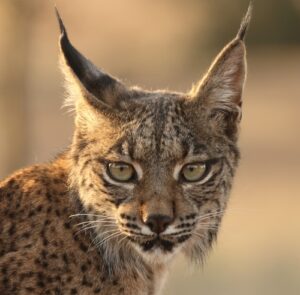 “As the IUCN Red List of Threatened Species celebrates its 60th anniversary, its importance cannot be overstated as the most complete source of information on the state of the world’s biodiversity. It is an essential tool that measures progress towards halting nature loss and achieving the 2030 global biodiversity goals. The improvement in the Red List status of the Iberian lynx shows that successful conservation works for wildlife and communities alike,” said Dr Grethel Aguilar, IUCN Director General.
“As the IUCN Red List of Threatened Species celebrates its 60th anniversary, its importance cannot be overstated as the most complete source of information on the state of the world’s biodiversity. It is an essential tool that measures progress towards halting nature loss and achieving the 2030 global biodiversity goals. The improvement in the Red List status of the Iberian lynx shows that successful conservation works for wildlife and communities alike,” said Dr Grethel Aguilar, IUCN Director General.